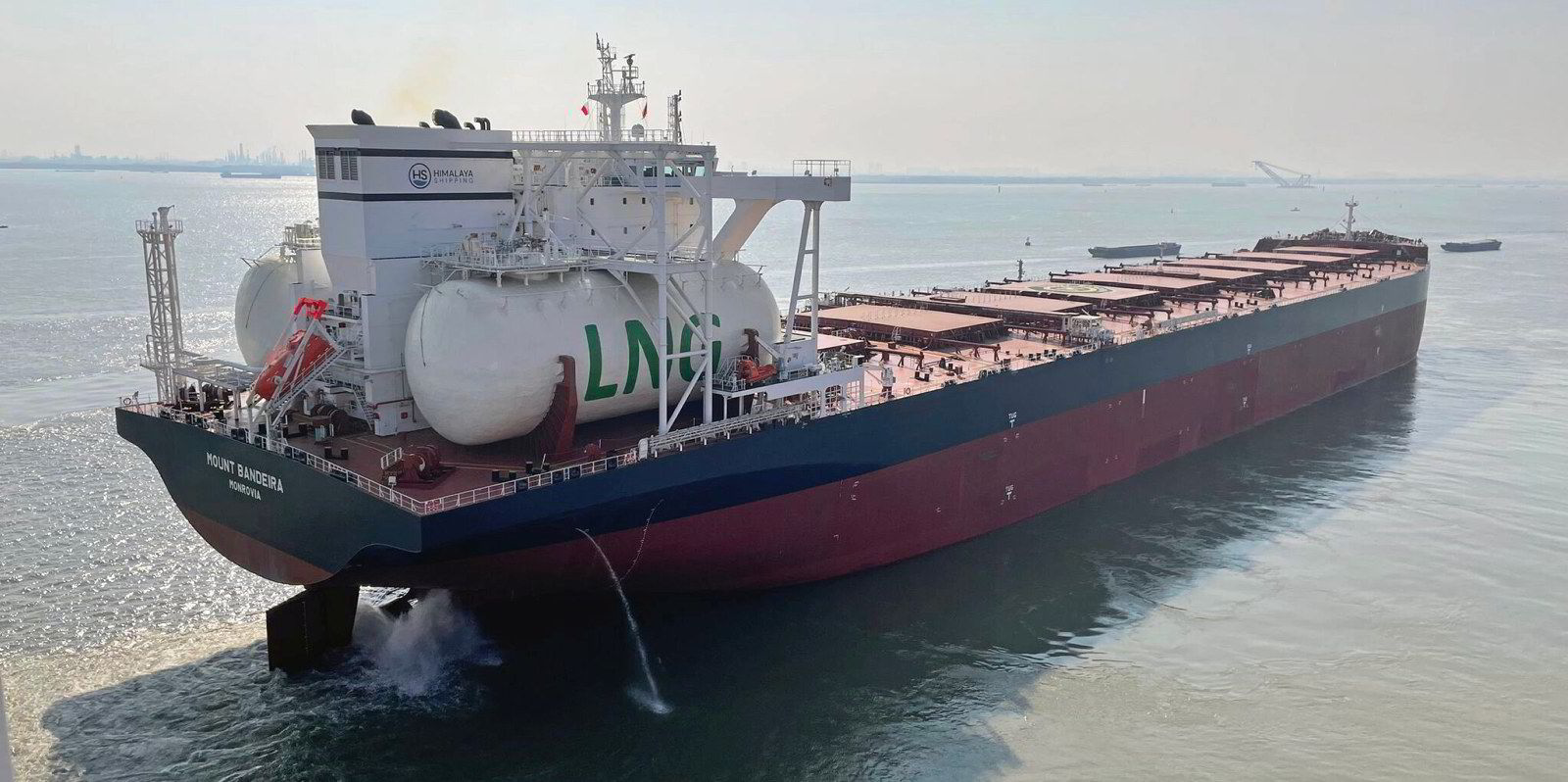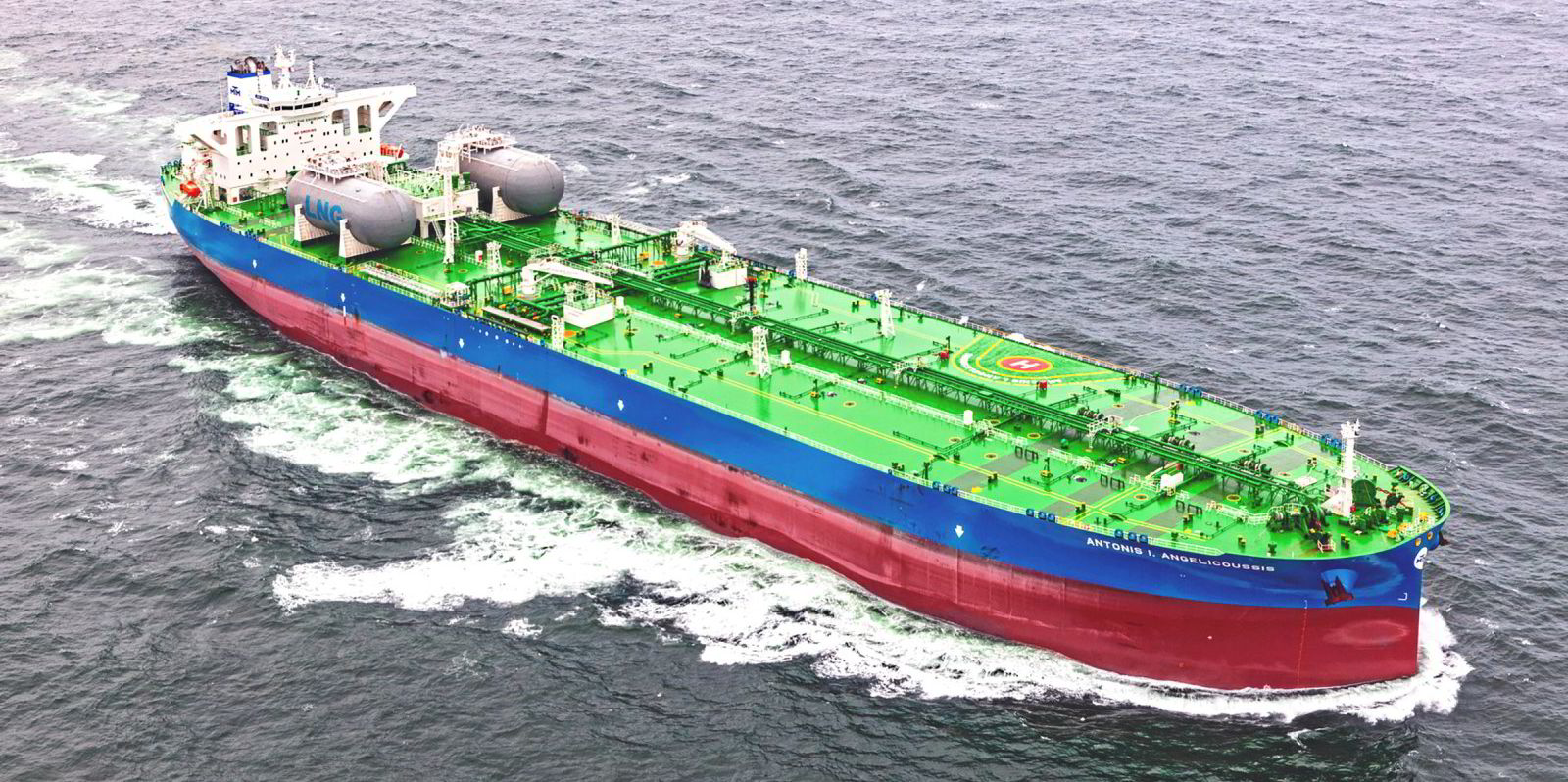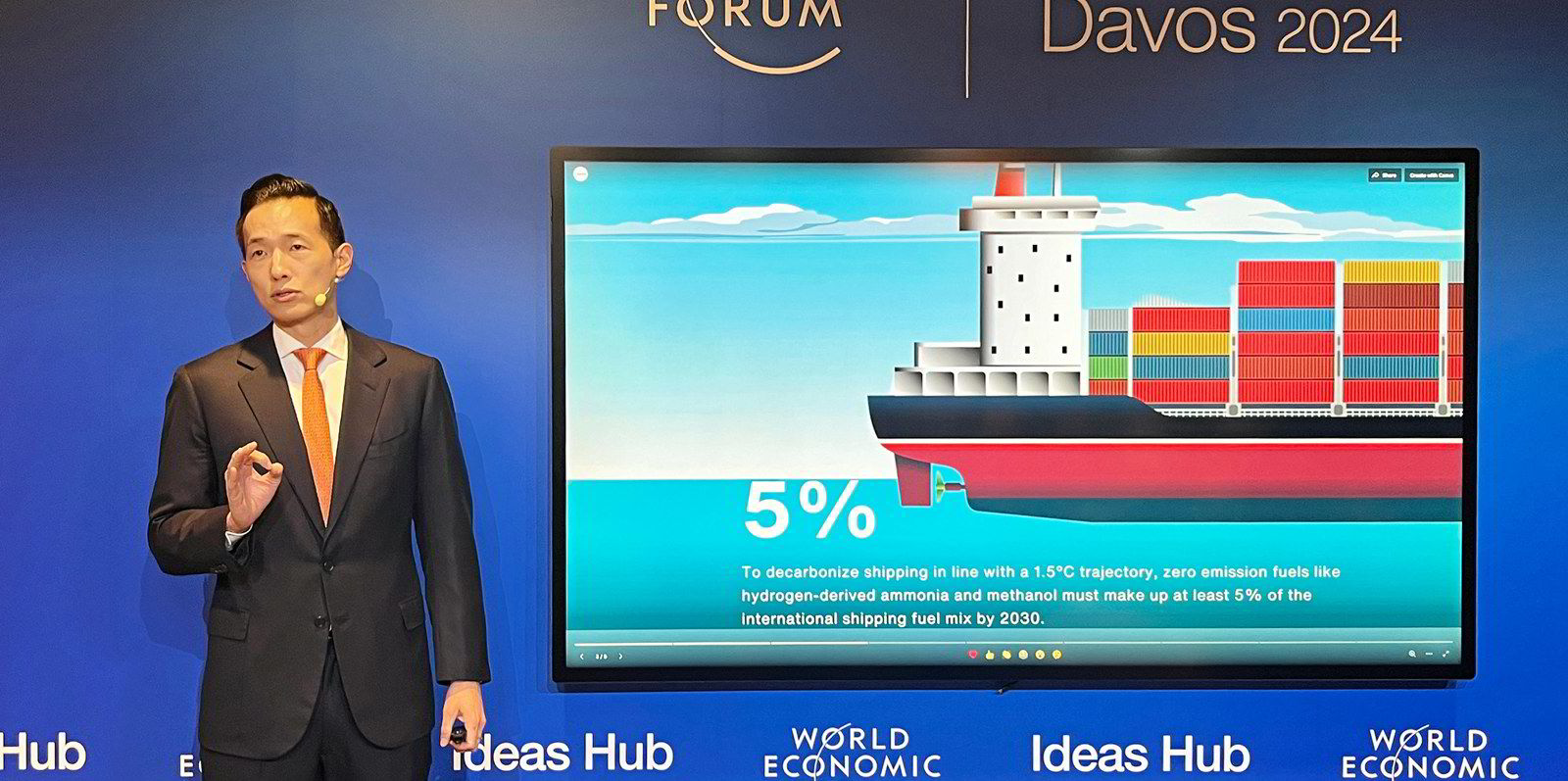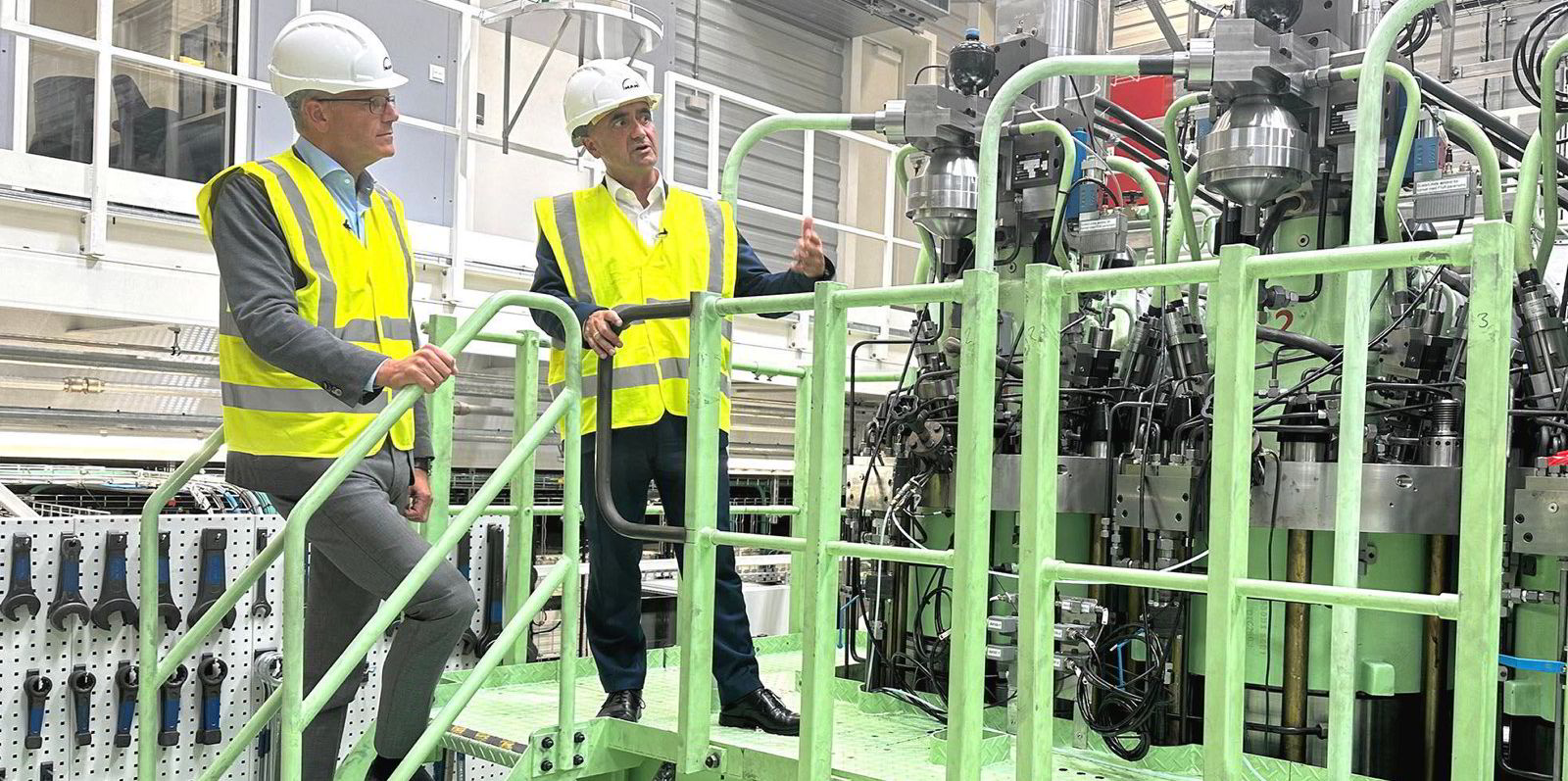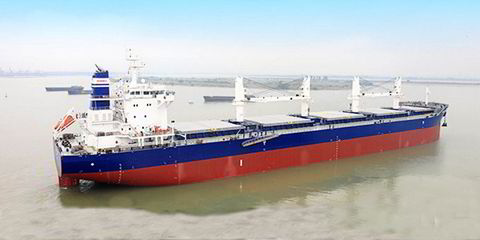Using grey methanol, ammonia and hydrogen will generate more greenhouse gas emissions than the conventional fuel alternatives they are replacing, according to industry lobby coalition SEA-LNG.
In its A View from the Bridge report for 2023/2024, SEA-LNG says: “This means they are not viable solutions for decarbonisation even in the short term.”
The body said any methanol, ammonia and hydrogen used by shipping will need to be green or at least blended with green fuels just to achieve emissions parity with very low-sulphur fuel oil and comply with new regulations like the European Union’s FuelEU Maritime.
SEA-LNG calculates that demand for methanol as a marine fuel will amount to almost 14 million tonnes per annum by 2028. But it said green methanol production is currently about 6% of this, at just 0.75 mtpa.
The body quoted The Methanol Institute as estimating green methanol production could expand to 8 mtpa by 2028 but pointed out that not all of this will be made available for shipping.
“Does this mean dual-fuel methanol vessels will utilise grey methanol or VLSFO?” the report says. “Neither choice helps the environment but rather exacerbates the climate problem.”
The 26-page report goes on to contrast the lack of methanol bunkering facilities with those for LNG.
It also argues that the bulk of green methanol production projects are based on using bio-methane, which can already be used as bio-LNG. It claims the conversion is about 65% efficient, compared with a 95% efficiency to liquefy bio-methane to make bio-LNG.
“… significant quantities of precious green energy will be consumed to make a more expensive fuel, bio-methanol,” the body said. “This does not seem to make sense, environmentally or commercially.”
In contrast, SEA-LNG claims that using LNG as a marine fuel offers immediate reductions in greenhouse gas emissions of up to 23% on a well-to-wake basis, inclusive of methane emissions when compared to VLSFO.
It also has a higher energy density — about twice that of ammonia and methanol and four times as much of liquid hydrogen.
Considerable progress
On the issue of methane slip, the group said “considerable progress” has been made in tackling this and engine manufacturers are “confident” it will have been resolved by the end of the decade.
The report declares LNG as “safe and operationally proven”, with existing infrastructure and its green alternatives able to be blended in for use on existing LNG-fuelled vessels. “There are no stranded assets,” the group said.
“LNG offers immediate greenhouse gas reductions and the lowest cost of compliance with European and IMO regulations,” the report says.
“Bio-LNG has the lowest production costs of all alternative marine fuels and is increasingly available,” SEA-LNG said.
The body detailed that current global bio-methane production amounts to 30 mtpa, which if converted to bio-LNG represents about 90% of the total energy consumption of the LNG-fuelled fleet, although it acknowledged that there are competing users for the feedstock.
It said bio-LNG can cut greenhouse gas emissions by up to 80% compared with marine diesel on a full well-to-wake basis.
The report briefly touches on e-LNG or synthetic LNG, which like other e-fuels would use green renewable hydrogen as a feedstock. But it said current projects are largely pilots and any scale-up would not be until well into the 2030s, describing the scale of the e-fuel challenge generally as “breathtaking”.
Calculations
SEA-LNG revealed it is readying a new online calculator that will enable users to compare the cost of different marine fuels for use in complying with EU and International Maritime Organization regulations.
This year, the body also plans to share the findings of a study that has looked at the perceptions over alternative marine fuels and whether these align with reality.
The report says that all the alternative marine fuels being discussed today share the same pathway in that they need to move from their fossil form to bio-variations or versions combined with carbon capture and on to e-varieties produced with renewable electricity.
SEA-LNG urges industry players to work together, share knowledge and avoid the “my fuel versus your fuel” mentality.
But the group goes on to state: “The LNG pathway currently has significant advantages over other alternative fuel pathways.”

